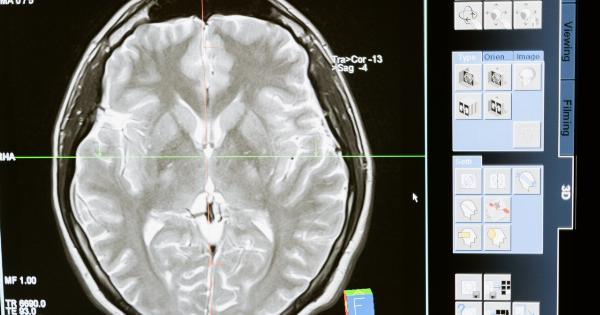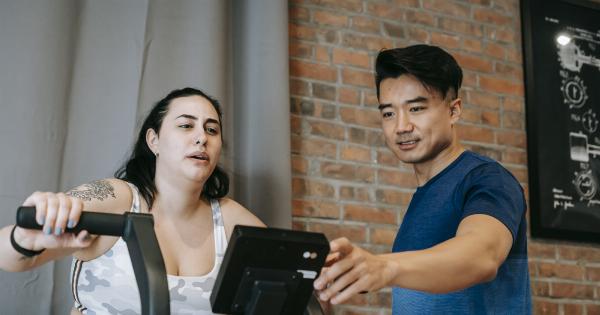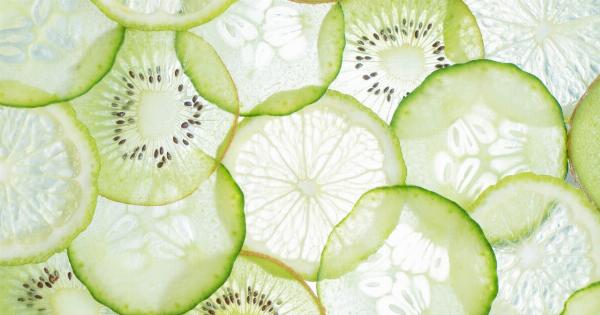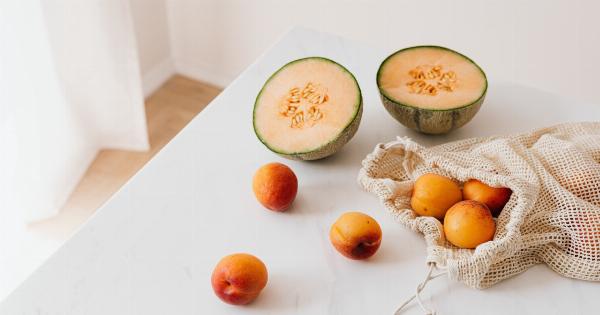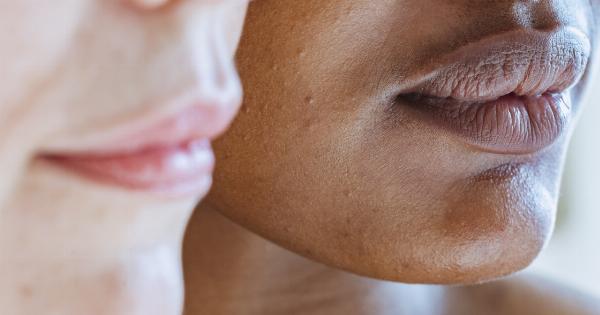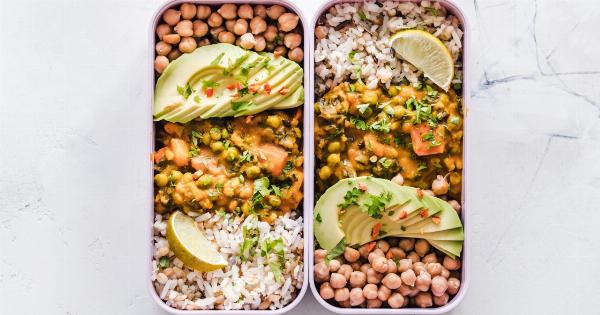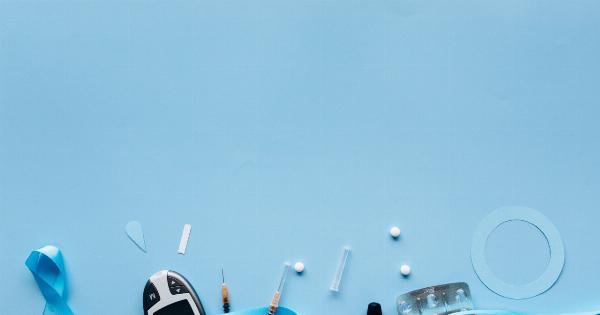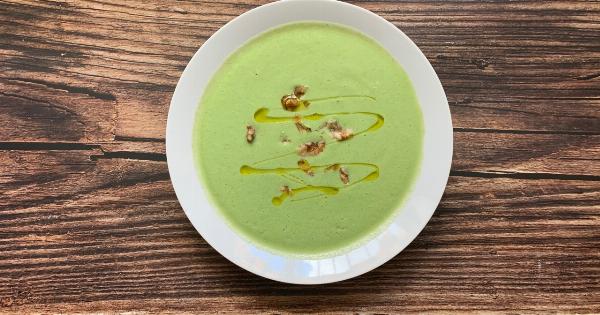Accidents happen, and sometimes those accidents result in cuts or wounds that cause bleeding. Whether it’s a small paper cut or a more serious injury, it’s important to know how to stop bleeding quickly to prevent further complications.
In this article, we will discuss some of the best ways to stop bleeding and promote healing.
1. Apply Direct Pressure to the Wound
The most effective and immediate way to stop bleeding is by applying direct pressure to the wound. Use a clean cloth or sterile gauze pad and apply firm pressure directly on the wound.
Maintaining pressure for at least 5 to 10 minutes will help promote clotting.
2. Elevate the Injured Body Part
For wounds on the extremities, such as arms or legs, elevating the injured body part can help reduce blood flow to the area and minimize bleeding.
Raise the affected limb above the level of the heart, if possible, to limit blood flow and encourage clot formation.
3. Use a Tourniquet as a Last Resort
If bleeding cannot be controlled by other methods, a tourniquet can be used as a last resort. However, a tourniquet should only be used in severe situations where immediate medical attention is not available.
Apply the tourniquet tightly above the wound but ensure it is not too tight to cause damage to the surrounding tissues.
4. Dress the Wound Properly
After the bleeding has stopped, it’s essential to dress the wound properly to prevent infection. Clean the wound with mild soap and water, and then apply an antiseptic solution.
Cover the wound with a sterile bandage or gauze pad and secure it in place with medical tape.
5. Use Topical Hemostatic Agents
Topical hemostatic agents, such as gauze or powders containing substances like chitosan or kaolin, can be applied to the wound to promote clotting and stop bleeding.
These agents work by accelerating the normal clotting process and are especially useful for deeper or more severe wounds.
6. Apply Ice or Cold Compress
Ice or a cold compress can help constrict blood vessels and slow down bleeding. Wrap ice or a cold pack in a clean cloth and place it on the wound for short intervals of around 10 to 15 minutes at a time.
Be sure to have a barrier between the ice pack and the skin to avoid direct contact that could cause frostbite.
7. Seek Medical Help for Severe Bleeding
If bleeding is severe, uncontrollable, or does not stop after employing first aid measures, it is important to seek immediate medical help. This is especially true if the wound is deep, large, or caused by an impaled object.
Professional medical care may be necessary to stop the bleeding and prevent further complications.
8. Maintain a Healthy Diet and Lifestyle
A healthy diet and lifestyle can also contribute to faster wound healing and clot formation. It’s important to consume foods rich in vitamin C, vitamin K, and protein as they promote collagen production and blood clotting.
Additionally, staying hydrated and getting ample rest can help the body heal more effectively.
9. Avoid Certain Medications and Herbal Supplements
If you’re experiencing bleeding, it’s advisable to avoid medications and herbal supplements that can increase the risk of bleeding or interfere with clotting.
These may include blood thinners like aspirin, ibuprofen, or herbal supplements such as garlic or ginkgo biloba. Consult with a healthcare professional to ensure medication safety.
10. Follow Your Doctor’s Instructions
If you’ve sought medical help for bleeding, it is crucial to follow your doctor’s instructions carefully. They may prescribe specific medications, ointments, or dressings to aid in the healing process.
Adhering to their guidance will promote efficient wound healing and minimize the risk of infection or further complications.



